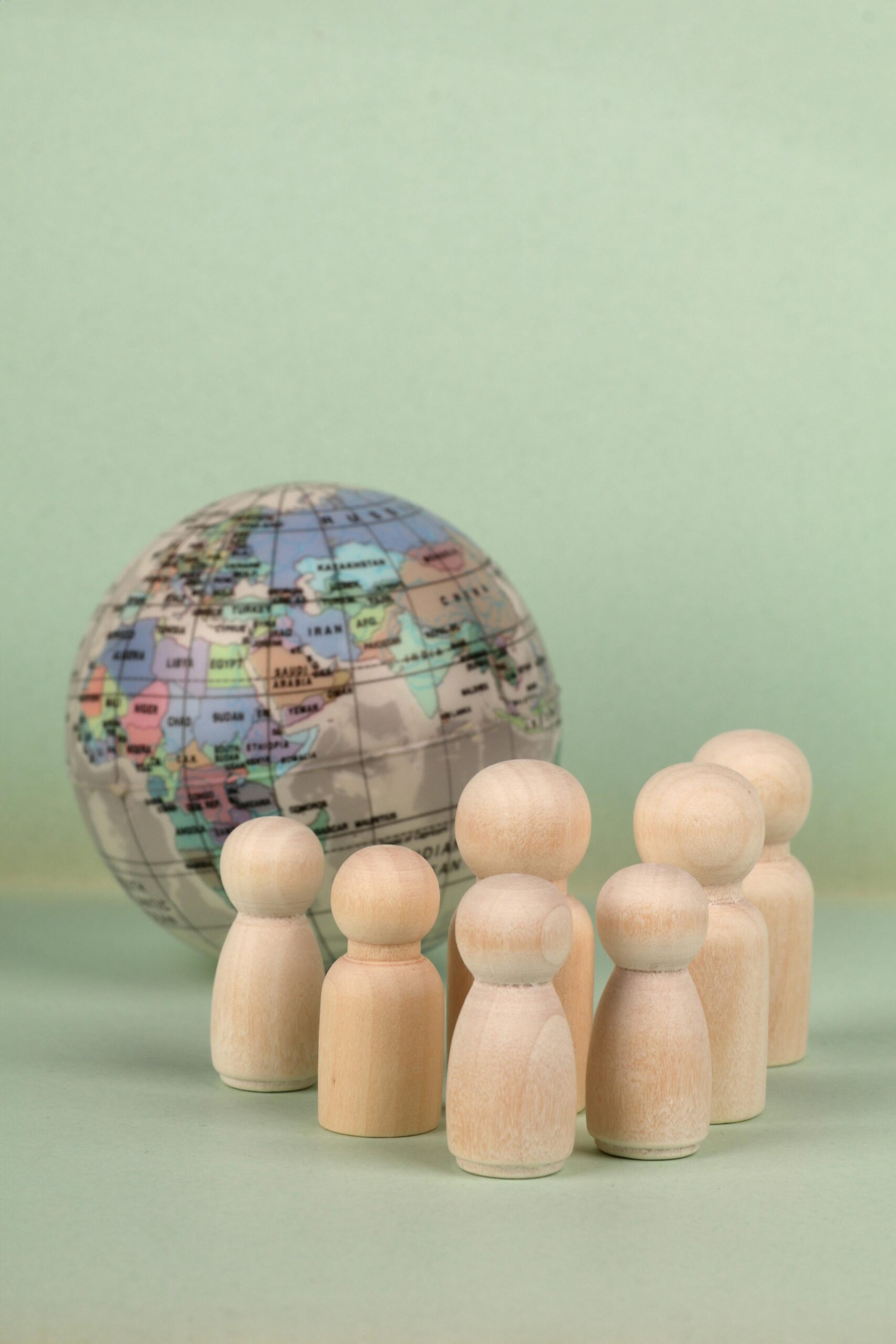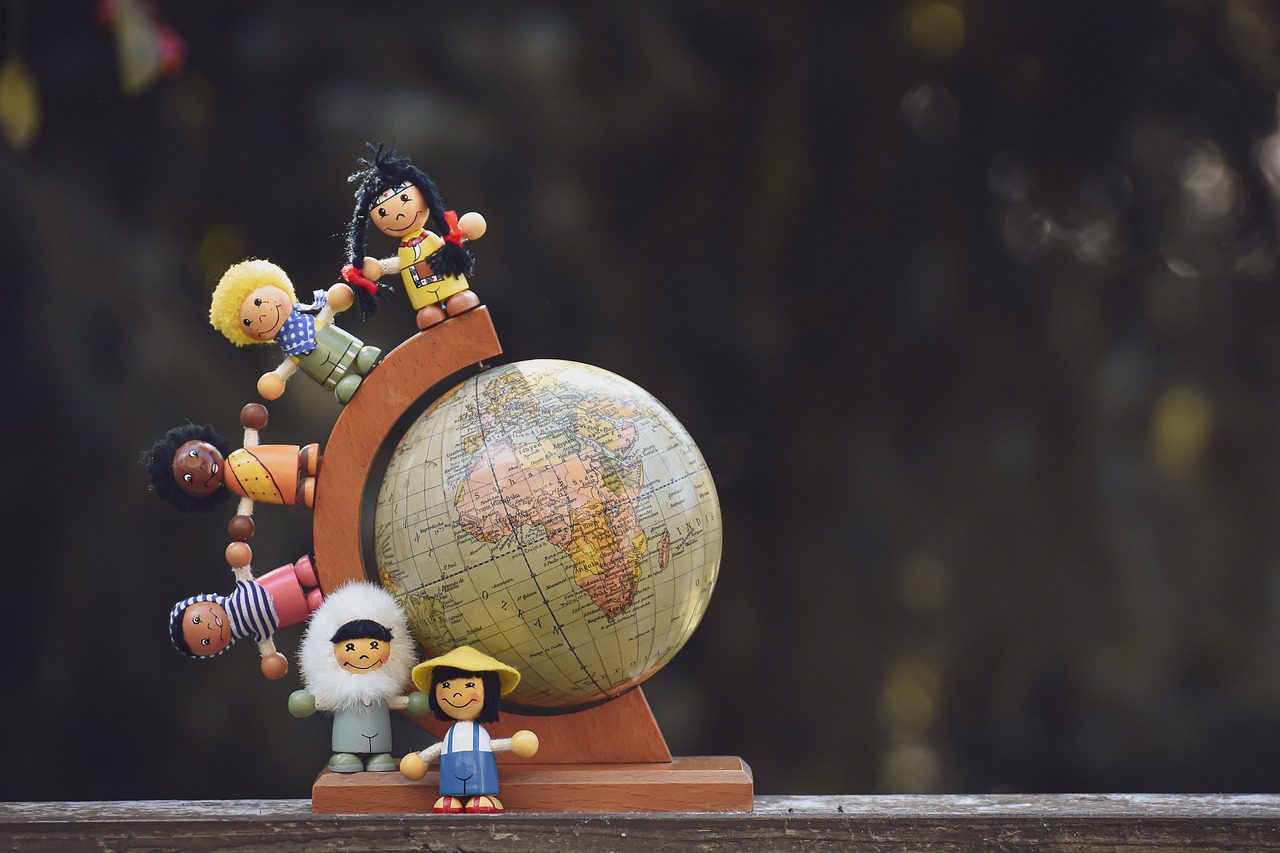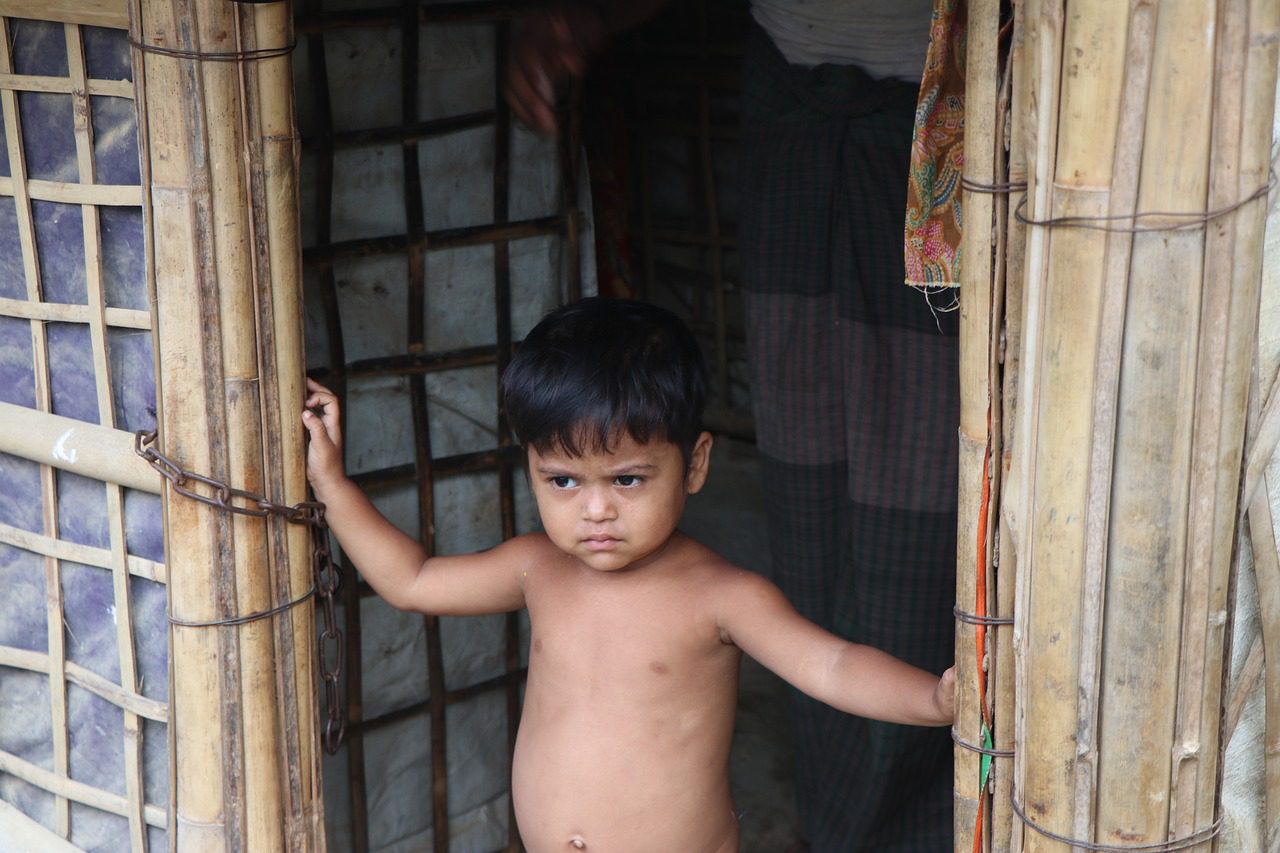1st Ministerial meeting of the India-European Union Trade and Technology Council (TTC)
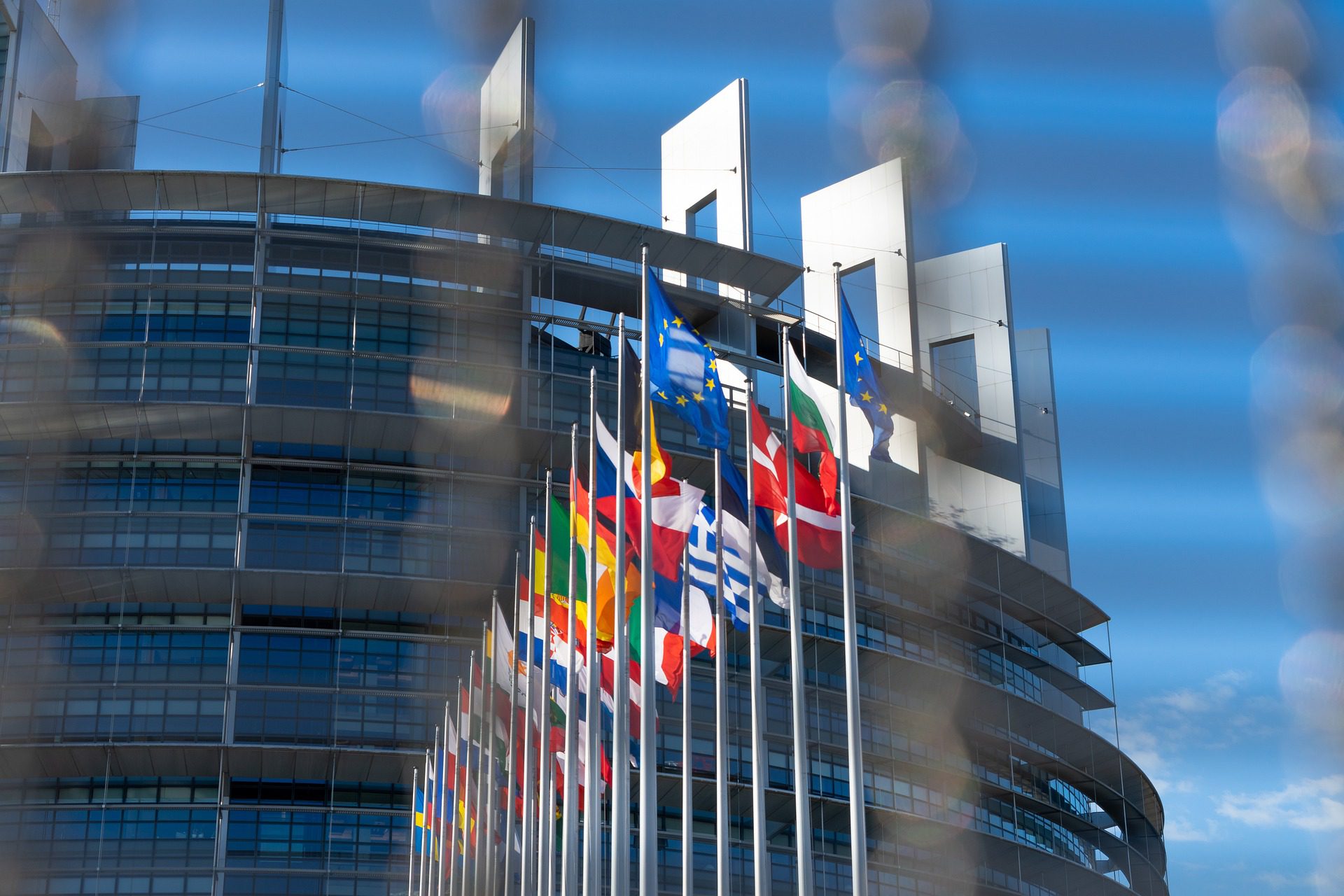
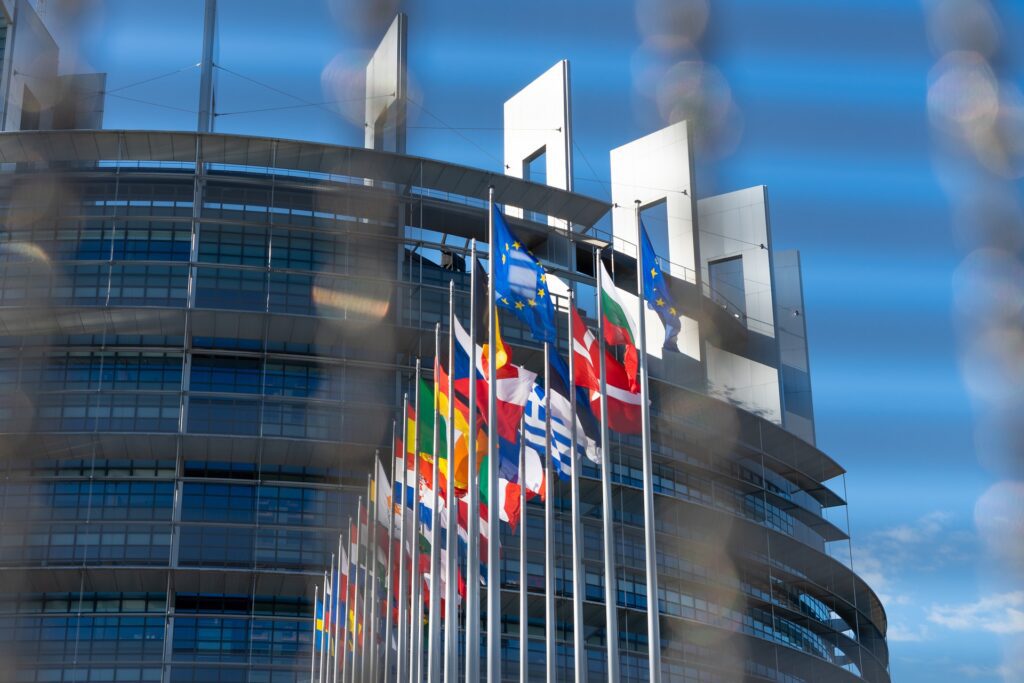
Bасkgrоund:-
- The EU-India Trade and Technology Council is the second bilateral forum for the EU and the first one established with any partner for India.
- The formation of the India-European Union Trade and Technology Council (TTC) was announced by the Indian Prime Minister and President of the European Commission in 2022 to create a High-level coordination platform to tackle strategic challenges at the nexus of trade, trusted technology and security.
- Ministerial meetings of the TTC will be held annually, ensuring regular high-level engagement between India and the EU.
- The TTC consists of three Working Groups (WGs) that report on roadmaps for future cooperation:
- WG on Strategic Technologies, Digital Governance, and Digital Connectivity:
- Focuses on digital connectivity, Artificial Intelligence (AI), 5G/6G, Quantum Computing, Semiconductors, and Cybersecurity.
- Collaborates on digital skills, digital platforms, and cloud systems.
- WG on Green and Clean Energy Technologies:
- Emphasizes green technologies, research, and innovation.
- Explores areas such as clean energy, Circular Economy, waste management, and recycling of batteries for e-vehicles.
- Promotes cooperation between EU and Indian incubators, SMEs, and start-ups.
- WG on Trade, Investment, and Resilient Value Chains:
- Works on the resilience of supply chains and access to critical components, energy, and raw materials.
- Addresses trade barriers and global trade challenges.
- Promotes cooperation in multilateral fora, international standards and addresses global geopolitical challenges.
- The TTC will not only offer political guidance but also provide the necessary structure to effectively implement political decisions, coordinate technical endeavours, and ensure accountability at the political level.
- The TTC will help increase EU-India bilateral trade, which is at historical highs, with Euro 120 billion worth of goods traded in 2022. In 2022, EURO 17 billion of digital products and services were traded.
Linkаges:-
- ASEAN: India strongly partners with the Association of Southeast Asian Nations (ASEAN). It has established the ASEAN-India Free Trade Area and engages in various cooperation mechanisms, including the ASEAN-India and East Asia Summit.
- BRICS: India is a member of the BRICS grouping, which includes Brazil, Russia, China, and South Africa. These countries collaborate on economic, political, and security issues through annual summits and working groups.
- BIMSTEC: The Bay of Bengal Initiative for Multi-Sectoral Technical and Economic Cooperation (BIMSTEC) consists of seven countries in the Bay of Bengal region, including India, Bangladesh, Bhutan, Myanmar, Nepal, Sri Lanka, and Thailand. It enhances regional connectivity, trade, and cooperation in various sectors.
- SAARC: India is a founding member of the South Asian Association for Regional Cooperation (SAARC), which comprises eight countries in South Asia. SAARC promotes regional cooperation in trade, economy, culture, and people-to-people exchanges.
- African Union: India engages with the African Union and its member countries through the India-Africa Forum Summit. This forum deepens trade, investment, agriculture, healthcare, and education cooperation.
Сurrent Sсenаriо:-
- The 1st Ministerial meeting of the India-European Union Trade and Technology Council (TTC) took place in Brussels, Belgium.
- The Meeting involved discussions on roadmaps for future cooperation under the three working groups:
- Strategic Technologies, Digital Governance, and Digital Connectivity
- Green and Clean Energy Technologies
- Trade, Investment, and Resilient Value Chains
- The meeting aimed to provide direction and lay the roadmap for cooperation between the two sides regarding:
- Addressing mutual market access
- WTO (World Trade Organization) reforms
- The ongoing negotiations for a Free Trade Agreement (FTA)
- Cooperation in various areas of mutual interest
- India and the EU were also working to resolve a looming issue in their trade relationship — the E.U.’s Carbon Border Adjustment Mechanism (CBAM).
- The E.U. describes the CBAM as a “landmark tool” which places a “fair price” on carbon emitted during the production of goods that are entering the EU and a mechanism to “encourage cleaner industrial “production outside the EU.
Imрасt:-
- Employment: The EU works closely with India to promote peace, create jobs, boost economic growth and enhance sustainable development.
- Financial Assistance: As India graduated from a low to medium-income country (OECD 2014), the EU-India cooperation also evolved from a traditional financial assistance type towards a partnership focusing on shared priorities.
- Trade: The EU is India’s 2nd-largest trading partner (after the US) and India’s 2nd-largest export market. India is the EU’s 10th largest trading partner, accounting for 2% of EU trade in goods.
- Trade in services between the EU and India reached 40 billion euros in 2021.
- Exports: India’s merchandise exports to EU member countries stood at about USD 65 billion in 2021-22, while imports aggregated at USD 51.4 billion.
- In 2022-23, the exports aggregated at USD 67 billion, while imports stood at USD 54.4 billion in 2021-22.
Content contributed by- News Canvass.






